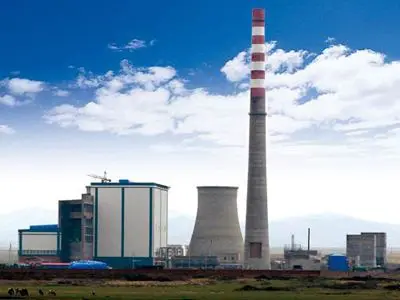Coal chemical industry uses coal as raw material, through various processes deep and shallow processing of coal to obtain different coal chemical products.
According to statistics, there are thousands of products related to coal chemical industry. The coal-to-olefin production line of the well-known enterprise Shenhua Coal Chemical Co., Ltd. in Baotou converts coal into methanol, and then converts methanol into olefins. Coal-to-methanol is an intermediate product; in Coal to Methanol project, coal-to-methanol is the final product.
Various equipment such as pumps, valves, compressors, etc. are needed in the coal-to-methanol production line. This article specifically discusses the application of butterfly valves in the coal-to-methanol process.
1. Coal to methanol production process
Methanol is an important organic chemical raw material, and coal is an important raw material for methanol. Methanol downstream products include a series of organic chemical products such as formaldehyde, acetic acid, methylamine, dimethyl terephthalate, methyl tert-butyl ether, etc. Under an environment of increasingly tight oil resources, methanol can also be used as a source of petrochemical raw materials. Currently, there are four main routes for methanol production.
2. Requirements of butterfly valves in coal-to-methanol process system
Centrifugal pumps, compressors, butterfly valves, ball valves and other equipment are used in the coal-to-methanol process. Butterfly valves implement on-off and flow control functions in the process line. What application requirements do butterfly valves need to meet? The following describes it from several aspects.
1) Excellent sealing
Because coal-to-methanol has a hydrogen medium, and hydrogen is flammable and explosive, there are very high sealing requirements for butterfly valves. For example, it conforms to EN12266 P12, ISO15848 and other sealing requirements.
2) Antistatic requirements
The hydrogen medium not only needs to be far away from the fire source, but also needs to be protected against static electricity.
3) Automation trends
Traditional butterfly valves are manually operated butterfly valves, such as by handles or by manual gear mechanisms. With the development of technology and higher requirements for production efficiency and production safety, automatic control of switch shutoff and flow adjustment are required, then electric, pneumatic, hydraulic remote control butterfly valves prevail.
4) High reliability
In the coal-to-methanol production line, if there is a problem in a certain link, the cost of shutdown and maintenance is quite large, so the butterfly valve needs excellent reliability and reduces the cost of maintenance and shutdown.
5) Good corrosion resistance
It is well-known that methanol is corrosive to lead, nickel, copper-nickel alloy, cast iron, (except high-silicon cast iron), copper (or copper alloy), aluminum, and other metals, so a corrosion-resistant butterfly valve is required.

